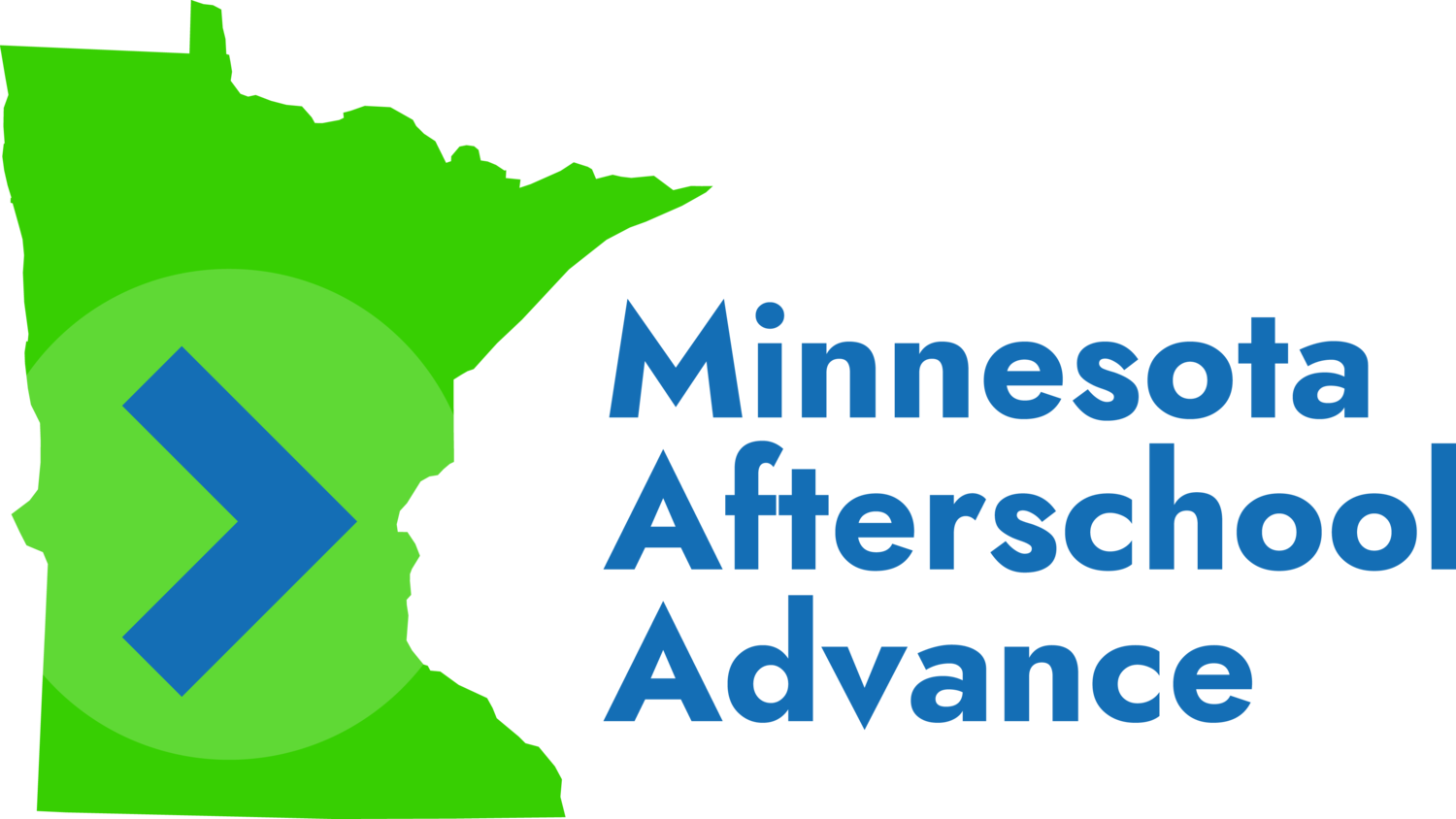The Need for Minnesota Afterschool Advance
The Importance of Afterschool Time for All Students
Each year, school-aged children have about 2,000 hours of discretionary “afterschool time” including school breaks and summer vacation. This is roughly the equivalent of a full-time job! The way a child spends this time is a critical factor in his or her development and educational attainment.
Research shows that children who participate in quality afterschool programs develop strong social skills, are excited about learning, improve work habits and grades, improve school attendance, graduate at higher rates, and gain workforce skills.[1]
Afterschool is Especially Critical for Low-Income Students
Minnesota has significant disparities in access to quality afterschool programming based on income, a pattern seen across the nation.[2] Over the summer, low-income students lose significant ground compared to their more affluent peers.[3] Furthermore, two-thirds of the income-based achievement gap has been attributed to summer learning loss by the start of high school.[4] Nationwide, nearly half of parents living in communities of concentrated poverty report that the cost of afterschool programs was a very important factor in their decision not to enroll their child in a program.[5]
Afterschool Time is Critically Underfunded
Increasingly, afterschool time programs report difficulty finding the funding they need. Locally, the four largest funders of afterschool programming have reduced their grant awards by $20 million a year over the last eight years.[6] However, these challenges are not new. An extensive 2012 survey by Afterschool Alliance found that approximately half of Minnesota afterschool programs said their budget is inadequate to meet the needs of the community, and one out of five said that loss of funding had caused major cutbacks or shut down sites.[7]
But, afterschool is one of the best investments we can make. The return-on-investment is $2.72 per dollar spent on quality youth programs according to Wilder Research.[8] For high-risk youth, the return is even higher--$4.89 per dollar spent on quality early intervention programs.
[1] “This is Afterschool.” Afterschool Alliance. 2018.
[2] “Afterschool Access Snapshot – Minnesota.” Ignite Afterschool. 2016.
[3] “State of Summer Learning Snapshot.” National Summer Learning Association. 2015.
[4] Karl L. Alexander, Doris R. Entwisle, and Linda Steffel Olson, “Lasting Consequences of the Summer Learning Gap,” American Sociological Review 72 (2007): 167–180.
[5] “Afterschool in Communities of Concentrated Poverty.” Afterschool Alliance. 2016.
[6] “After-school program cuts leave thousands of Minnesota kids without somewhere to go.” Minneapolis Star Tribune. May 28, 2018. http://www.startribune.com/after-school-program-cuts-leave-thousands-of-minnesota-kids-without-somewhere-to-go/483892201/#1.
[7] “Uncertain Times 2012 – Minnesota.” Afterschool Alliance. 2012.
[8] “Why should you invest in youth?” Youthprise. 2017.

